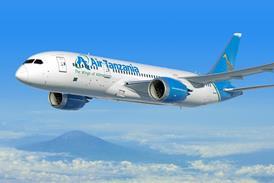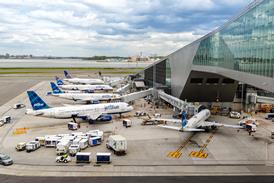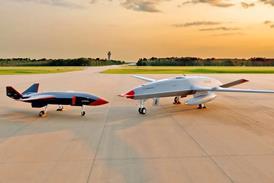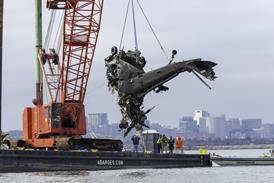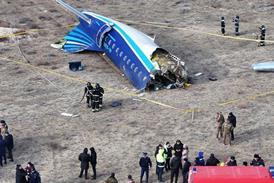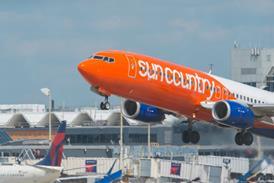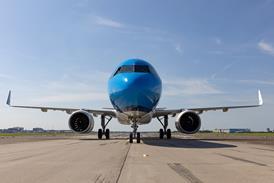The closure of Pakistan airspace to Indian airlines could have a “significant” financial impact on Air India, if the reciprocal measures between the two countries stay in place beyond the short term.
Speaking during a roundtable discussion at the IATA AGM in Delhi on 2 June, Air India chief executive Campbell Wilson said the airline estimates it would take a $600 million hit if the closure endured for a year and it took no mitigation measures.

“Obviously that fluctuates as we make our own adjustments and mitigations, but it is significant,” Wilson says.
Air India is managing to maintain its schedules, he adds, although some flights are now inevitably longer.
“On operations, it means we have to take a longer flight route, particularly to Europe and North America,” he explains. “It’s about an hour longer to Europe and, depending on the city, up to three hours to North America.
“[To] North America we are maintaining most of the flights as non-stop, albeit in some cases with a payload restriction.
“In a couple of cases we are doing an en route refuelling stop, but it’s a very short one, so the customer experience is not significantly affected,” Wilson adds.
With Air India on an aggressive growth path amid a wholesale transformation of the business, Wilson remains philosophical about handling such headwinds.
“It’s a frustration for everyone involved but it’s one of those things that we all deal with in aviation,” he says.
Compatriot IndiGo – which is currently more focused on short-haul routes than Air India – in late May outlined a “relatively limited” operational and financial impact from the tensions and resulting airspace closures, although it acknowledged having to suspend Central Asian flights and cited a small increase in some flight times.
Tensions between India and Pakistan rose following a militant attack in the Kashmir region on 22 April.
While those tensions have eased somewhat, the two countries continue to block each other’s airlines from flying in their respective airspaces.

